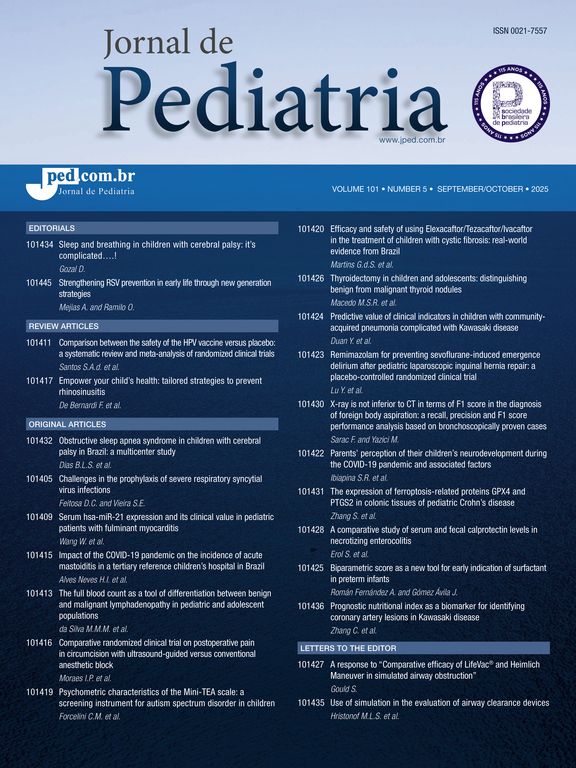Rhinosporidiosis is a rare fungal disease resulting from infection by Rhinosporidium seeberi. There seems to be a relationship between the disease and agriculture, suggesting that Rhinosporidium lives in soil, and many authors agree that water is a necessary medium of trasmission. The sites of infection are the nose (most common), eye, nasopharynx, penile urethra and external ear. Nasal cases generally present obstruction, epistaxis, watery or mucopurulent discharge, presence of tumoral pedunculated polypoid mass, generally with septal implantation. Histological examination presents characteristic sporangia in large numbers and in the submucosa a granulomatous host response. The treatment is by surgical excision (recurrence occurs in 10% of cases), and medical treatment used diaminodiphenylsulfone or Amphotericin B to avoid recurrent cases. We present a case of Rhinosporidiosis in a 10 years-old child, female, with 3 months history of nasal obstruction, epistaxis and presence of nasal mass in left nasal cavity that was submitted to surgical excision.
The Impact Factor measures the average number of citations received in a particular year by papers published in the journal during the two preceding years.
© Clarivate Analytics, Journal Citation Reports 2025
SRJ is a prestige metric based on the idea that not all citations are the same. SJR uses a similar algorithm as the Google page rank; it provides a quantitative and qualitative measure of the journal's impact.
See moreSNIP measures contextual citation impact by wighting citations based on the total number of citations in a subject field.
See more







